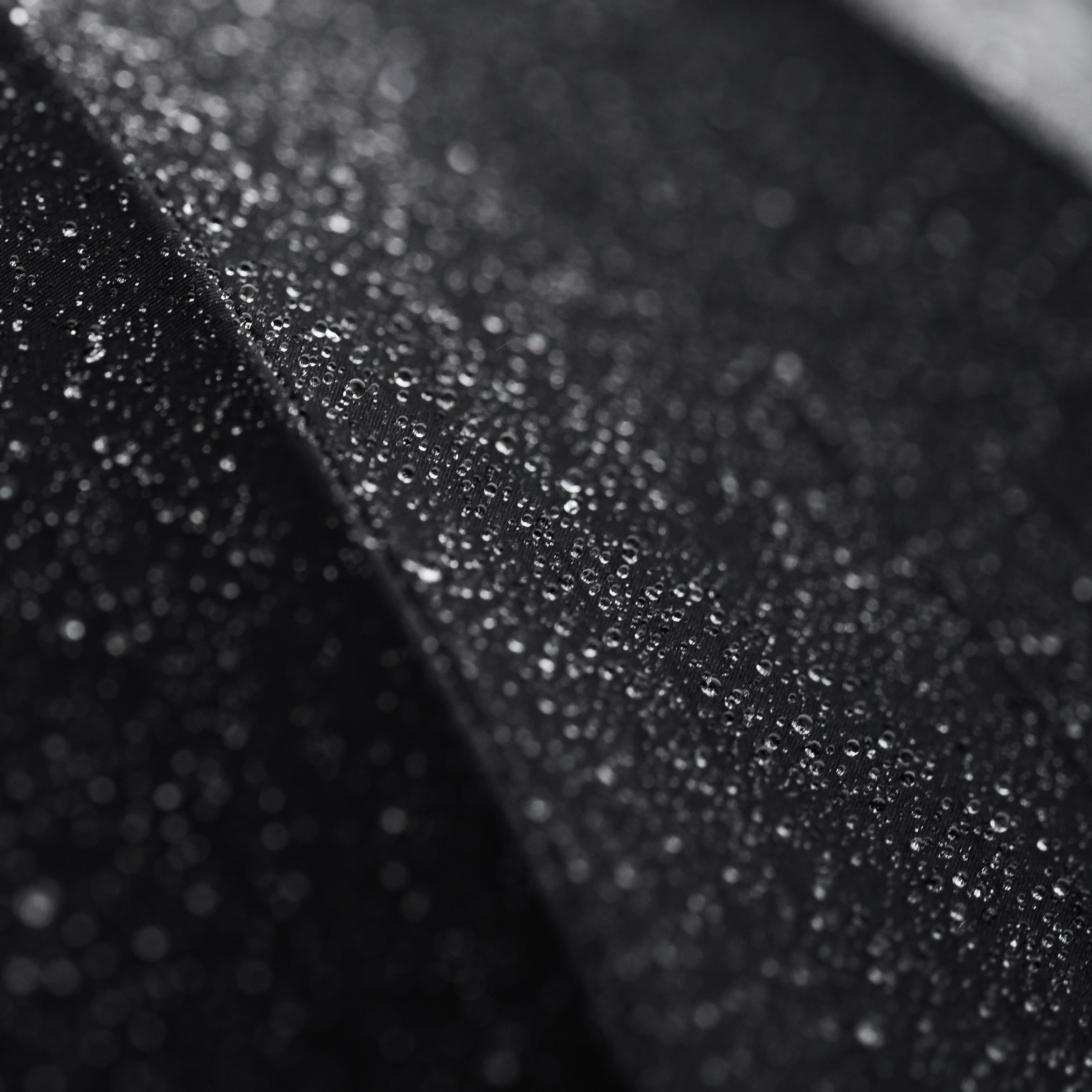

While some hearing aids have water-resistant or waterproof features, it’s important to note that not all are fully waterproof. The level of water resistance or waterproofing can vary between different hearing aid models and manufacturers.
Nano-coatings or special seals design many modern hearing aids to resist moisture, such as sweat or light rain.. These features provide a certain degree of protection against accidental exposure to water.
However, understanding that even if a hearing aid label indicates water resistance or waterproofing, it typically has limits. Understanding the depth and duration of water exposure it can endure is crucial. For instance, a hearing aid with a water-resistant rating can withstand splashes or brief submersion. But manufacturers may not design it for prolonged underwater use or swimming.
If you require a hearing aid specifically for activities involving water, such as swimming or showering, it’s advisable to explore models that are explicitly marketed as waterproof or suitable for these purposes. Always consult with a hearing healthcare professional or audiologist who can provide guidance.
1. Water-resistant: A water-resistant hearing aid is designed to withstand some exposure to water without immediate damage. It can handle minimal amounts of moisture, such as sweat or light rain. Water-resistant hearing aids often have special coatings, seals, or materials that help repel water and prevent it from entering the device. However, manufacturers have not built them to be completely impervious to water. Even with this labeling they may not be suitable for full immersion in water or extended exposure to moisture.
2. Waterproof: A waterproof hearing aid is designed to provide a higher level of protection against water compared to water-resistant models. Manufacturers specifically build these hearing aids to withstand more intense water exposure, such as swimming, showering, or participating in water sports. They have enhanced seals, gaskets, and other measures to prevent water from entering the device. Therefore preventing damage to the internal components. Manufacturers typically test and certify waterproof hearing aids to meet specific standards for water resistance. These standards include the International Electrotechnical Commission (IEC) standards for water resistance (e.g., IPX7 or higher).
It’s important to note that even with waterproof hearing aids, there are often limitations to the depth and duration of water exposure they can handle. Manufacturers provide guidelines and specifications regarding the maximum water resistance capabilities of their devices. It is crucial to review and follow their recommendations to ensure the hearing aid remains protected.
Ultimately, the level of water resistance or waterproofing you require in a hearing aid depends on your specific needs. Consult with a hearing healthcare professional to find a hearing aid that suits your lifestyle.
1. IP (Ingress Protection): The first two letters “IP” refer to “Ingress Protection,” indicating the level of protection against foreign objects like dust and water.
2. 6 (Solid particle protection): The first digit in the IP rating, which is “6” in this case, signifies the device’s ability to resist the intrusion of solid particles. A rating of 6 indicates that the device is “dust-tight,” meaning it offers complete protection against dust and other small particles. It implies that no dust can enter the device and affect its functionality.
3. 8 (Water protection): The second digit in the IP rating, which is “8” in this case, represents the device’s water resistance capabilities. A rating of 8 indicates that the device is protected against the effects of continuous immersion in water under specified conditions. However, the specific conditions, such as depth and duration of immersion, are not defined in the IP rating itself and may vary depending on the manufacturer’s specifications.
In summary, an IP68 rating for a hearing aid or any electronic device indicates that it provides complete protection against dust and can withstand continuous immersion in water under specified conditions. However, it’s essential to check the manufacturer’s guidelines and instructions. These allow you to understand the specific limits and recommendations for water exposure for the device in question.
Interested in finding the hearing aid with the best waterproof rating? We recommend reaching out to hearing aid manufacturers, consulting with hearing healthcare professionals, or researching product offerings from reputable companies. We all can provide you with the most up-to-date information on available models and their waterproof capabilities. Additionally, reading customer reviews and experiences can also provide insights into the waterproof performance of different hearing aids.
Thanks and happy swimming!
Powered By SinglerDesign.com